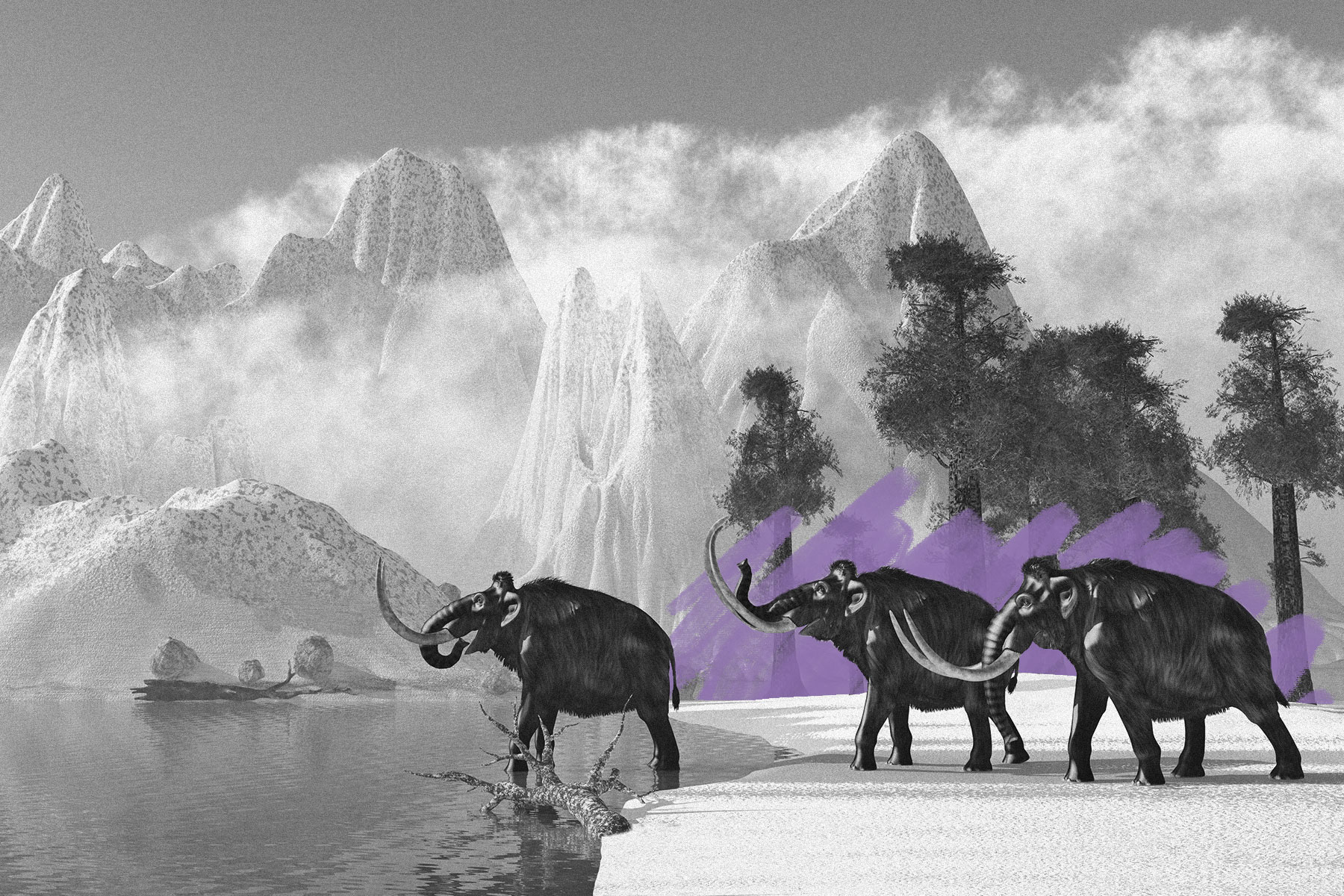| W oolly mammoths roamed the Earth for at least half a million years, coexisting with humans for millennia before finally going extinct some 4,000 years ago. That's a long time, but it's not that long in the grand scheme of things. For perspective, consider the fact that woolly mammoths were still alive when the pyramids of Egypt were being built. That speaks to both how long one of history's most famous empires lasted — Egypt existed for more than 3,000 years, making it 15 times older than the United States — as well as how relatively recently the elephantlike creatures existed. |
|
| If your mind still isn't sufficiently blown by ancient Egypt's longevity, remember also that Cleopatra lived closer to the moon landing than she did to the construction of the Great Pyramids of Giza. Woolly mammoths, meanwhile, were impressive in their own way, even if they weren't as big as you might imagine — they were about the size of a modern African elephant. Nevertheless, these creatures still loom large in the collective imagination millennia after their extinction, which was long thought to have been caused by humans hunting them. More recently, a consensus has emerged that the true culprit was climate change: The planet warmed too rapidly for them to adapt, as melting icebergs wiped out the vegetation they subsisted on. |
















0 Comments:
Post a Comment
<< Home